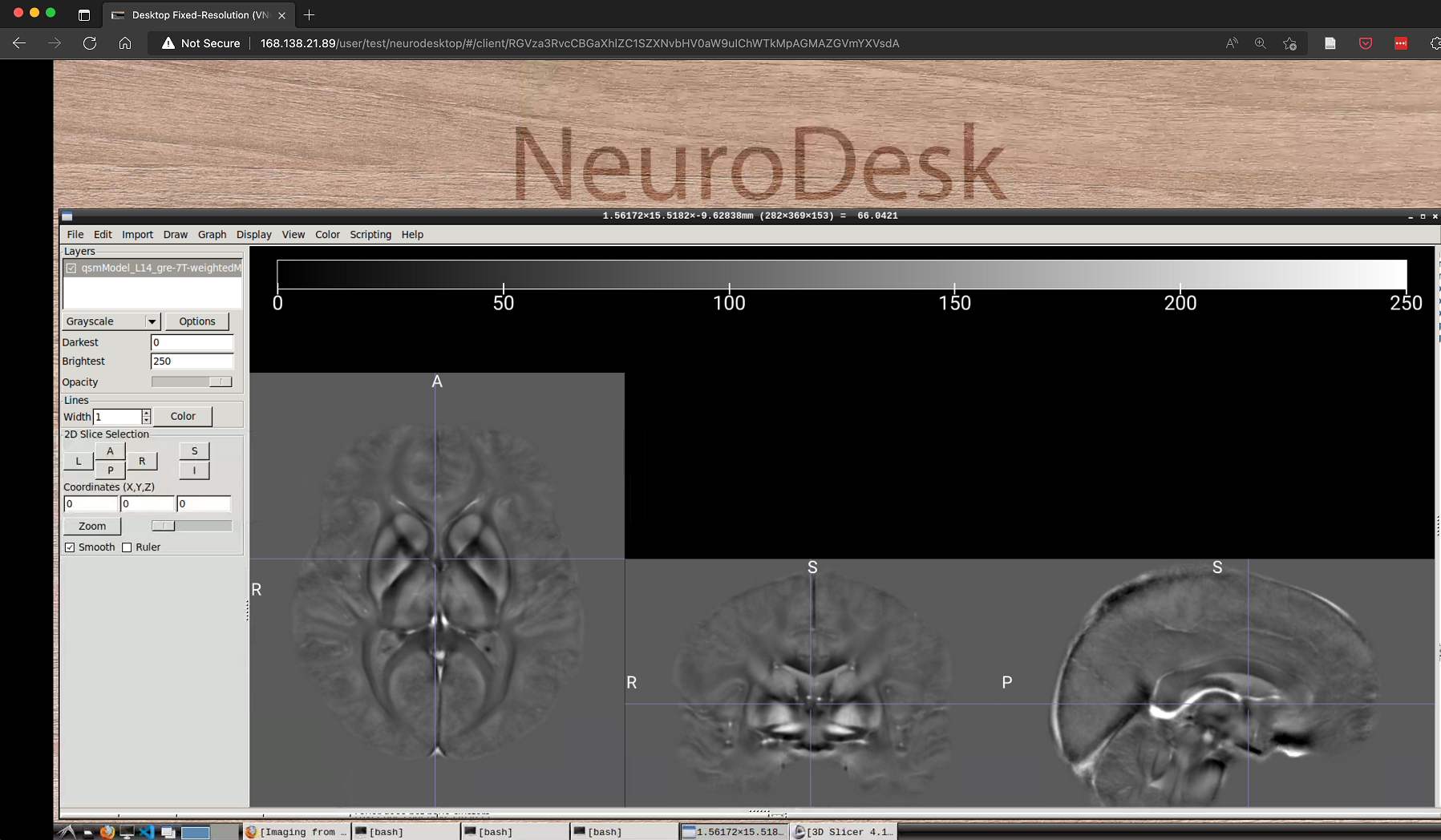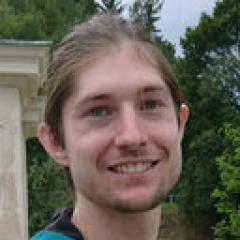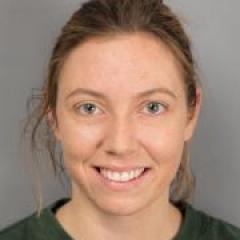Deep learning in medical imaging
Medical Imaging provides unique insights into disease processes and enables improved therapies for a large range of patients.
However, the imaging process and the interpretation of data can be very complex and extends from basic science to engineering implementations to business needs. The computational imaging group of Dr Steffen Bollmann develops algorithms that enable clinicians and researchers to analyse complex multidimensional medical imaging data.
The research themes in the group are centred around image processing and developing computational tools to extract information from rich medical imaging datasets.
The group invented deep learning based Quantitative Susceptibility Mapping (QSM) and is leading the development and clinical translation of Quantitative Susceptibility Mapping together with Siemens Healthineers and partners world-wide. Quantitative Susceptibility Mapping reveals information about neurodegenerative processes in the brain and the group developed a way of automatically performing the computations in a clinical environment and can thus bring this valuable tool into the hand of clinicians.
Translation of image processing algorithms is driven by the development of the open-source Neurodesk software platform (www.neurodesk.org), which brings Neuroimaging and AI tools to end-users in a browser-based and barrier-free fashion. Neurodesk enables accessible, secure, and scalable image processing for medical imaging.

Selected Publications by the team:
Abbasi-Rad, Shahrokh, Kieran O’Brien, Samuel Kelly, Viktor Vegh, Anders Rodell, Yasvir Tesiram, Jin Jin, Markus Barth, and Steffen Bollmann. “Improving FLAIR SAR Efficiency at 7T by Adaptive Tailoring of Adiabatic Pulse Power through Deep Learning Estimation.” Magnetic Resonance in Medicine 85, no. 5 (2021): 2462–76. https://doi.org/10.1002/mrm.28590.
Chandra, Shekhar S, Marlon Bran Lorenzana, Xinwen Liu, Siyu Liu, Steffen Bollmann, and Stuart Crozier. “Deep Learning in Magnetic Resonance Image Reconstruction.” Journal of Medical Imaging and Radiation Oncology 65, no. 5 (2021): 564–77. https://doi.org/10.1111/1754-9485.13276.
Ribeiro, Fernanda L., Steffen Bollmann, and Alexander M. Puckett. “Predicting the Retinotopic Organization of Human Visual Cortex from Anatomy Using Geometric Deep Learning.” NeuroImage, October 1, 2021, 118624. https://doi.org/10.1016/j.neuroimage.2021.118624.
Tai Nguyen, Van, Steffen Bollmann, Michael Bermingham, and Matthew S. Dargusch. “Efficient Modelling of Permanent Magnet Field Distribution for Deep Learning Applications.” Journal of Magnetism and Magnetic Materials, May 25, 2022, 169521. https://doi.org/10.1016/j.jmmm.2022.169521.
Stewart, Ashley Wilton, Simon Daniel Robinson, Kieran O’Brien, Jin Jin, Georg Widhalm, Gilbert Hangel, Angela Walls, et al. “QSMxT: Robust Masking and Artifact Reduction for Quantitative Susceptibility Mapping.” Magnetic Resonance in Medicine 87, no. 3 (2022): 1289–1300. https://doi.org/10.1002/mrm.29048.
Bollmann, Steffen, Matilde Holm Kristensen, Morten Skaarup Larsen, Mathias Vassard Olsen, Mads Jozwiak Pedersen, Lasse Riis Østergaard, Kieran O’Brien, Christian Langkammer, Amir Fazlollahi, and Markus Barth. “SHARQnet – Sophisticated Harmonic Artifact Reduction in Quantitative Susceptibility Mapping Using a Deep Convolutional Neural Network.” Zeitschrift Für Medizinische Physik, February 14, 2019. https://doi.org/10.1016/j.zemedi.2019.01.001.
Bollmann, Steffen, Kasper Gade Bøtker Rasmussen, Mads Kristensen, Rasmus Guldhammer Blendal, Lasse Riis Østergaard, Maciej Plocharski, Kieran O’Brien, Christian Langkammer, Andrew Janke, and Markus Barth. “DeepQSM - Using Deep Learning to Solve the Dipole Inversion for Quantitative Susceptibility Mapping.” NeuroImage 195 (July 15, 2019): 373–83. https://doi.org/10.1016/j.neuroimage.2019.03.060.
Jung, Woojin, Steffen Bollmann, and Jongho Lee. “Overview of Quantitative Susceptibility Mapping Using Deep Learning: Current Status, Challenges and Opportunities.” NMR in Biomedicine 35, no. 4 (2022): e4292. https://doi.org/10.1002/nbm.4292.






